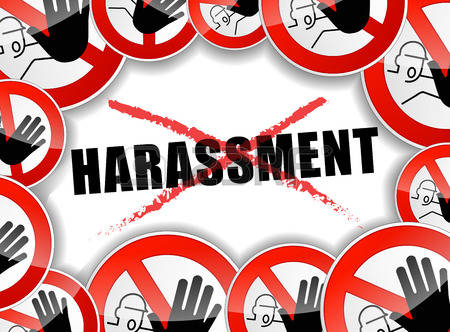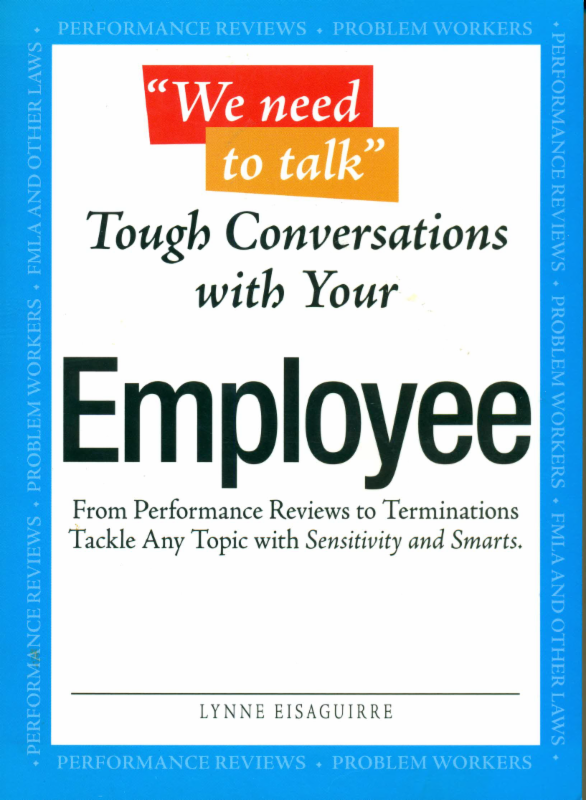|
How Can You Prevent a Las Vegas Disaster in Your Workplace? Take These Steps
Our thoughts and prayers go out to the victims and their families and yet we may feel hopeless, as if there’s nothing we can do.
 There are specific steps we can take to improve our chance of keeping our workplaces safe, however (and it’s important to remember that both the hotel and the concert venue were someone’s workplace). There are specific steps we can take to improve our chance of keeping our workplaces safe, however (and it’s important to remember that both the hotel and the concert venue were someone’s workplace).
Most workplace violence is not this horrific, of course, but leaders still need to take steps to make sure that it doesn’t happen.
A few years ago, post office employees were most likely to be victims of workplace violence. Surprisingly, the percentage of violent incidents in most industries is about the same as the post office. Why? Because there are more employees who work for the postal service than any other employer in the U.S., except the military. The good news about all the postal incidents is that they have been extensively studied and in every case, the perpetrator exhibited warning signs.
What follows is the list of these signs, although it’s important to remember that they are usually clustered, meaning that the perpetrators exhibited more than one sign:
WARNING SIGNS
Threatening and Disturbing Behavior
– direct and indirect threats
– mood swings, depression, bizarre statements, delusions of persecution
History of Violence
– domestic violence, verbal abuse, antisocial activities
Romantic Obsession
– beyond sexual attraction
– victim may be unaware of degree of attraction
Alcohol or Drug Abuse
Deep Depression
– self-destructive behavior
– loners
– unkempt physical appearance, despair, sluggish decision making
Pathological Blamer
– accepts no responsibility for his or her actions
– constantly blames co-workers, employer, government, the system
Impaired Ability to Function
– poor impulse control
Elevated Frustration with Environment
Obsession with Weapons
– ownership of gun or gun collection, combined with antisocial behavior
– fascination with shooting skills or weapon-related activity
Personality Disorder
– antisocial or borderline personality disorders
– irritable, aggressive, often involved in disputes or fights with others
– may steal or destroy property with little remorse
– borderline personality shows moodiness, instability, impulsive action, easily agitated
What Should You Do?
While we may never know why the Vegas shooter did what he did, you should make sure that your leaders and employees:
- receive training in preventing workplace violence;
- take any threats seriously; and
- are familiar with your policy about threats and violence and enforce the policy.
 Did You Know Did You Know
Our harassment, management and conflict training all include sections on preventing threats and violence.
We also can customize stand alone training on preventing violence.
Call or write us at: 303-216-1020 or [email protected]
Learn more about our training offerings and check out our team members at:
Be sure to read Lynne’s book “The Power of a Good Fight” and learn to embrace conflict
to drive productivity, creativity and innovation.
|
 November 6, 2017
November 6, 2017



 Given that leaders spend 30% of their time resolving unproductive conflict and that executives spend 20% of their time in litigation related activities, resolving conflict productively and skillfully should be at the top of your critical skills list.
Given that leaders spend 30% of their time resolving unproductive conflict and that executives spend 20% of their time in litigation related activities, resolving conflict productively and skillfully should be at the top of your critical skills list.

 It’s some of the most annoying behavior in any organization: a leader who avoids conflict, associates who gossip instead of speaking to the person who can solve the problem, and managers who haven’t spoken to one another in years. The common denominator in all of these situations is a lack of direct communication.
It’s some of the most annoying behavior in any organization: a leader who avoids conflict, associates who gossip instead of speaking to the person who can solve the problem, and managers who haven’t spoken to one another in years. The common denominator in all of these situations is a lack of direct communication.



 There are specific steps we can take to improve our chance of keeping our workplaces safe, however (and it’s important to remember that both the hotel and the concert venue were someone’s workplace).
There are specific steps we can take to improve our chance of keeping our workplaces safe, however (and it’s important to remember that both the hotel and the concert venue were someone’s workplace).
 We all have problems sitting on our desks. For most of us, solving problems is how we spend our days — leaving little time for long-term thinking and planning — but that’s a different post!
We all have problems sitting on our desks. For most of us, solving problems is how we spend our days — leaving little time for long-term thinking and planning — but that’s a different post!
 When you are struggling to change a leader’s behavior (or perhaps your own!) a confidential emotional intelligence assessment can help. Studies have shown that emotional intelligence is just as important in driving success as your IQ.
When you are struggling to change a leader’s behavior (or perhaps your own!) a confidential emotional intelligence assessment can help. Studies have shown that emotional intelligence is just as important in driving success as your IQ. It seems to be a classic client request. You have a leader who is a high performer in every way except for his or her brusque, bullying or potentially harassing behavior directed towards the people he or she manages. The client wants the behavior of the executive to change and would like us to conduct one-on-one sensitivity sessions. They want the leader to behave in a way that’s kinder, gentler and more in line with their values.
It seems to be a classic client request. You have a leader who is a high performer in every way except for his or her brusque, bullying or potentially harassing behavior directed towards the people he or she manages. The client wants the behavior of the executive to change and would like us to conduct one-on-one sensitivity sessions. They want the leader to behave in a way that’s kinder, gentler and more in line with their values.


